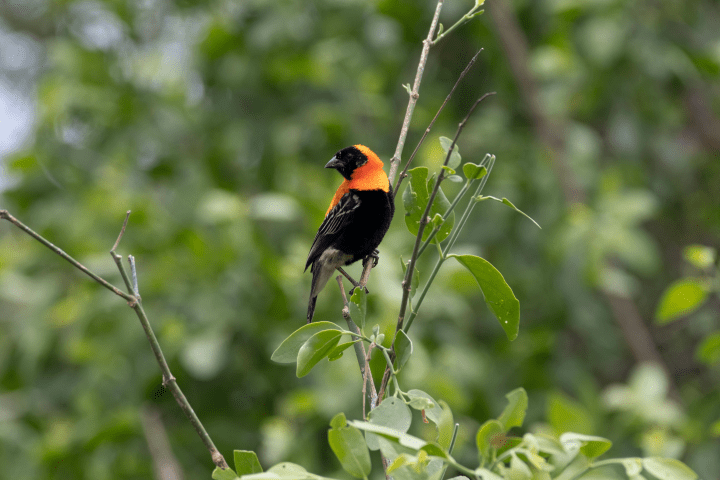The appendage of the mantis shrimp strikes with a tremendous amount of force enhanced by cavitation bubbles.
Introduction
The mantis shrimp is a marine crustacean distinguished by its ability to deliver high-velocity powerful strikes that can break mollusk shells and even aquaria glass. It does this with its raptorial appendages–forelegs specialized for protection and feeding. There are many different species of mantis shrimp, and the morphology of its raptorial appendage classifies the mantis shrimp as either a spearer, smasher, or undifferentiated. While the rapid movement and initial force of the striking mechanism is due to power amplification, smasher and undifferentiated species can add extra force to their strike by producing cavitation bubbles.
The Strategy
The raptorial appendage is divided into four segments: the merus (closest to the body), carpus, propodus, and dactyl. The shape of the dactyl differentiates the shrimp as a spearer, smasher, or undifferentiated species. Spearing appendages are long, pointed segments that slice through the water and soft prey. Smasher and undifferentiated appendages, on the other hand, have blunt, bulbous “heels” on the dactyl used to deliver forceful blows in close range. This rapidly accelerating heel is what creates a cavitation bubble.
Cavitation bubbles are created when an object moves through water at very high speeds and creates extreme velocity gradients in the flowing water. Under the right conditions, this produces a cavity or bubble in which the pressure is so low that the water vaporizes. When the bubbles collapse under higher surrounding pressures, they emit energy in the form of sound, light, and heat waves. The whole process occurs in a matter of milliseconds. Cavitation is a common phenomenon with boat propellers, which create a continuous stream of bubbles that collapse and erode the propeller metal over time.
In the case of smasher and undifferentiated appendages in mantis shrimp, their anatomy and striking speeds create the perfect conditions for a single cavitation bubble. When the bubble bursts, its strength is almost equal to that of the strike itself. A single cavitation bubble is proportional to the firing of a 22-caliber bullet. It’s the one-two punch of the deep sea. The spearer appendage does not create a cavitation bubble because of its sleek design.
This summary was contributed by Allie Miller.

Dr. Sheila Patek describes the discovery of cavitation bubbles in mantis shrimp strikes.









